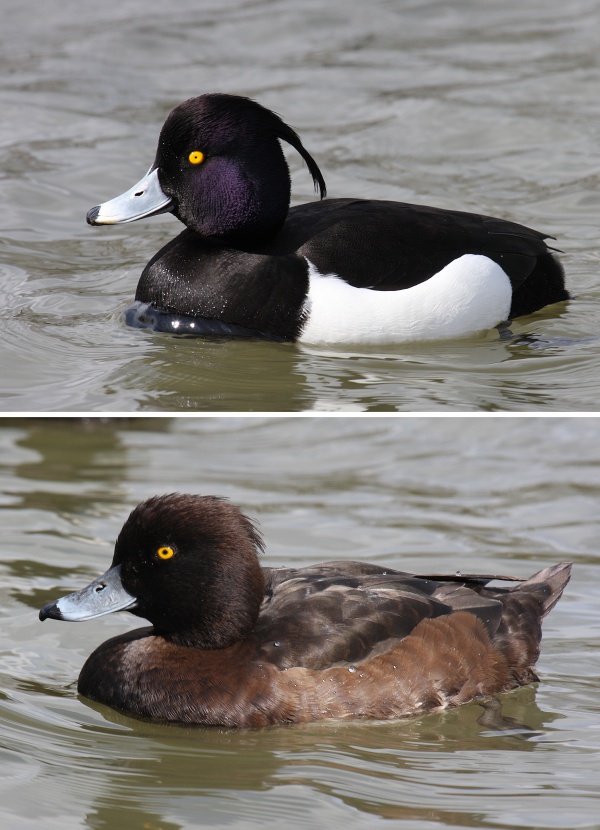Facts About Tufted duck
The tufted duck is a delightful small diving duck, with nearly a million individuals found across northern Eurasia. Its scientific name is derived from Ancient Greek and Latin roots. The male tufted duck is easily identifiable by its predominantly black plumage, white flanks, blue-grey bill, and a distinctive thin crest atop its head. In contrast, the females are brown with lighter flanks, making them more challenging to distinguish from other diving ducks. The unique tuft on their heads is a notable feature of this species.
This species is protected under the Agreement on the Conservation of African-Eurasian Migratory Waterbirds (AEWA). They breed in temperate and northern regions of Eurasia and occasionally venture to the coasts of the United States and Canada during the winter. With the increase in open water and the spread of freshwater mussels, their range has expanded. Tufted ducks migrate and spend the winter in Europe and Asia, with some remaining year-round in the British Isles. Remarkably, they have even been observed as far south as Melbourne, Australia.
Tufted ducks thrive in habitats such as marshes, lakes, coastal lagoons, shorelines, and sheltered ponds. They dive for their food, which includes mollusks, aquatic insects, and some plants, and they sometimes even feed at night. In winter, they can often be found forming large flocks on open water.

 Romania
Romania